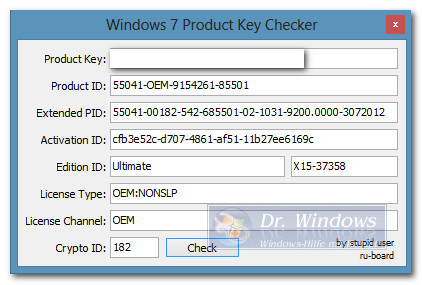

Where XXXXX-XXXXX-XXXXX-XXXXX-XXXXX is the product key. The PID.txt file has the following format: The PID.txt file contains the product key for the edition of Windows that you are installing.

must be either 1, if this is a volume license, or 0, if this is not a volume license. The EI.cfg file has the following format: The EI.cfg file specifies the values for the edition ID, the channel, and the volume license. If you use an answer file during installation, Windows Setup ignores the EI.cfg and PID.txt files. Note An answer file takes precedence over these files. Setup uses these files during the Windows PE configuration pass as soon as it is launched. Windows Setup will use these files automatically during installation. Save the files into the Sources folder on the installation media. Using EI.cfg and PID.txtĬreate these configuration files in a text editor such as Notepad. For more information, see Work with Product Keys and Activation. This key is not used to activate Windows. The product key in the product ID file is only used to install Windows. You can reuse the product key in the product ID file for multiple installations. If you use an EI.cfg file to differentiate volume license media, but you do not include a PID.txt file, the user receives a prompt for a product key to continue Windows Setup. You can use these files to automate the product-key entry page in Windows Setup instead of using an answer file. The edition configuration (EI.cfg) file and the product ID (PID.txt) file are optional configuration files that you can use to specify the Windows® product key and the Windows edition during Windows installation. Pid controller application: Proportional-Integral-Derivative (PID) controllers. Pid controller: A proportional–integral–derivative controller (PID controller or three term controller) is a control loop feedback mechanism widely used in industrial control systems and a variety of other applications requiring continuously modulated control. The United States almost always negatively-grounds its systems, while Europe has been installing ungrounded or “floated” systems. The problem with PID is that those sodium ions penetrate into the cell surface and can damage certain cells.” These sodium ions move around depending on how a system is grounded.


 0 kommentar(er)
0 kommentar(er)
